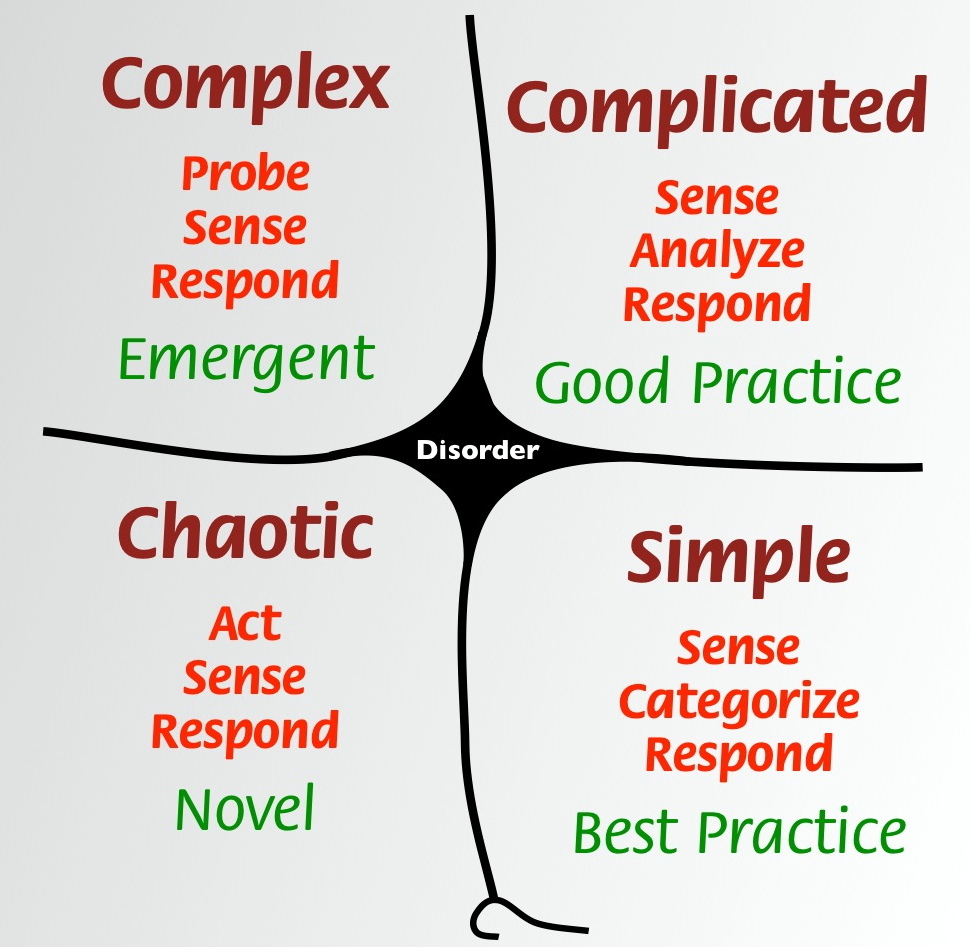Second-Order effects dominate our world and are worth thinking about deeply
A thought process:
- Higher education is good
- As a society, we want more people in higher education
- Many people can’t afford tuition
- What if we made it easier by subsidizing student loans?
That’s exactly what the US did in the 1980s. And it worked. More people than ever before were able to attend colleges and universities. Hooray! But policy makers didn’t anticipate the second-order effects of their actions.
Second-order effects: To first order, every action has a consequence. To Second order, every consequence has its’ own consequence.
Increased credit supply meant that people who previously couldn’t afford to go to college now could. That’s the first order consequence.
Normally increasing prices (tuition) would reduce demand for degrees. But the way subsidized loans are structured meant that universities could increase their tuition and students wouldn’t mind; federal loan subsidies cover some of the difference, and young students aren’t prepped to understand the burden of additional loans.
Tuition has more than doubled in the past two decades (in inflation adjusted dollars), and rates continue to increase [1]. That’s the second order consequence.
While there are other factors involved, availability of student loans is a major driver of these tuition increases [2].
There are other second order effects too. An increase in supply of fresh college graduates means the value of a college degree has fallen. How many entry level jobs now require a college degree, when previously a GED would suffice?
More people can attend college, but student debt is becoming a huge drag on the economy. Are subsidized student loans a bad thing? I don’t know. I haven’t done enough research to come to a solid conclusion. Like many things, the answer is somewhere in the middle.
The important takeaway is this: second-order effects have a large impact–we need to consider them when making decisions.
Why do we care about second order effects?
“Changing some aspect of a complex system always introduces Second-Order Effects, some of which may be antithetical to the original intent of the change.” Josh Kaufman
We live in a chaotic world. If a butterfly in Brazil can start a tornado in Texas, then every action we take can and will have secondary effects. Sometimes, the second order effects are more important than the initial consequence.

Maybe you and I don’t decide national policy, but we still make choices everyday, with big impacts on our personal lives. To make better decisions, and to take better action, we must consider second-order effects.
Why do we ignore second order effects?
Unfortunately, Second order thinking is hard.
In retrospect, secondary consequences seem obvious. But in the moment, there are many factors working against us.
First, the possibility space is huge. Let’s say we live in a simple world, where every action has only 3 possible consequences. Thinking about consequences of consequences means we have to consider 9 possibilities. Thinking one order higher grows our possibility space exponentially. In the real world, every action has way more than 3 possible consequences, so every consequence has even more consequences to consider.

Second, second-order consequences include ‘unknown-unknowns’. Living in this chaotic world, there is no way we can account for every possibility. There will always be consequences we didn’t even think about, no matter how hard we try.
Third, second-order effects are not as defendable. When the possibility space is so large, and there are unknown unknowns, it can be difficult to convince yourself to take second order consequences seriously. Convincing others can prove even more difficult.
Our brains hate thinking hard. It’s easier to bait and switch and ask ourselves an easier question, or just ignore thinking about second-order effects.
How can we think of possible second-order effects?
It is possible to forecast second order effects. Never with 100% accuracy of course. The US Secretary of Education, William Bennett, predicted continued tuition increases in 1987 [3]. Considering the possibility of higher order consequences is a useful skill to have. If developed, you can gain an advantage over first-order thinkers.
How can we become better second-order thinkers?
Ask more questions. Shane Parrish of Farnham Street suggests the following:
- What is the range of possible outcomes?
- What’s the probability I’m right?
- What’s the follow-on? How could I be wrong?
Asking more questions opens you to thinking about more possibilities.
Another option: Think like a forecaster. Phillip Tetlock’s book Superforecasting outlines the thinking process of the best forecasters in the world. The Ten Commandments of Superforecasting are:
- Focus your time and effort on forecasts that will prove rewarding.
- Unpack problems to expose assumptions, catch mistakes, and correct biases.
- Consider the larger category before looking at the particular case.
- Revise your beliefs often, and in small increments, to reduce the risks of both over- and under-reacting to the news.
- Find merit in opposing viewpoints
- Reject the illusion of certainty and learn to think in degrees of uncertainty.
- Avoid being either a blowhard or a waffler. Aim to be prudently decisive.
- Learn from experience, whether success or failure.
- Use precision questioning to bring out the best in others–and to let others bring out the best in you.
- Try, fail, analyze, and adjust. And try again.
- There are no universally correct commandments, including these. Question everything.
Shifting your thinking to that of a superforecaster can help you to ‘see’ second-order effects more readily.
How can we give more weight to second-order effects?
Because they are easy to think about, First order effects loom large in your mind. We all put more weight behind first order effects, and ignore or push away the harder-to-think-about second order effects.
Sometimes to compensate, we need to over-compensate. Mentally reduce how much importance you give to first order effects, or even try completely ignoring them for a while. Increase how much importance you give to possible secondary effects, to the point of absurdity.
How would your behavior change?
Examples
Here are some ’everyday’ examples of decisions,
- their first-order effects and
- their second-order effects.
Use Google Maps
- Almost never get lost
- Lose understanding of the area, have no idea how to get around if phone dies
Buy big house
- More space feels unrestrictive
- More stuff accumulates, more time is spent cleaning
Buy small house
- Smaller house is cheaper
- Can only host a few people at a time -> Fewer spontaneous connections
Long Commute
- Cheaper housing
- Time spent sitting increases stress and increases health bills in future
Steady paycheck
- Sense of stability
- Loose feedback on how your contribution supports the business, can get blindsided by layoffs
Second order effects aren’t always negative. Sometimes the second-order effect can be a good thing, possibly even outshadowing a negative first order effect.
Skipping Dessert has the horrible first order effect of not getting to eat dessert. But the secondary effects are positive: increased willpower, increased insulin sensitivity, a healthier body.
 Delicious first-order effects
Delicious first-order effects
Conclusion
Second order effects can have a larger impact than first order effects. It is hard to think about second order effects, so we often ignore them. To compensate, we have to overcompensate, and put more weight on thinking about second order effects.
What are some choices you’ve made that had unexpected second order effects? Let me know: james@jamesstuber.com, or on twitter @uberstuber.
Further Reading
- Over-compensate to compensate - Derek Sivers
- Second-Order Thinking - Farnam Street
- What are Second-Order Effects? - Josh Kaufman
- The Most Important Thing - Howard Marks